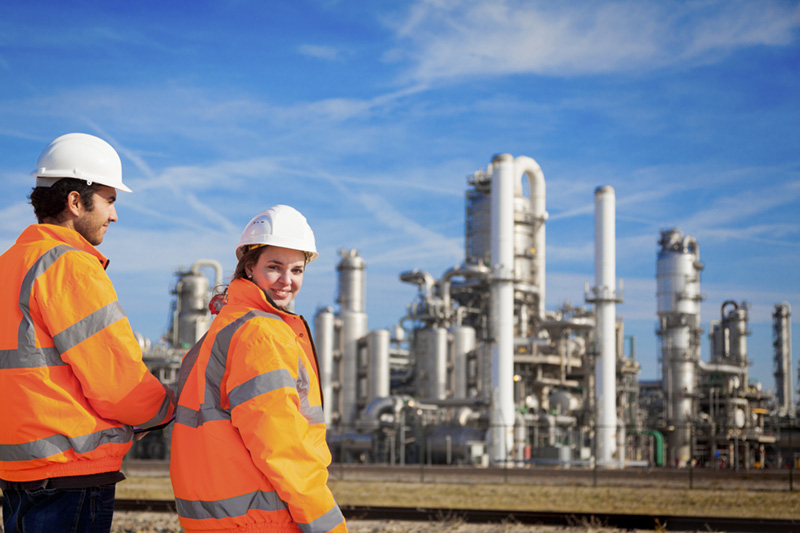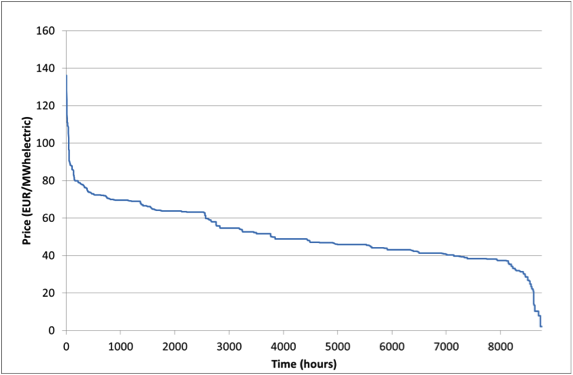

When & why Power-2-Heat?
02-12-2015
 There are two reasons why you should consider to drive your thermal processes using electricity. One, often mentioned is to profit from low electricity prices during periods with a high supply of electricity and a low demand. The technology that is providing the heat should be able to respond quickly and will operate only during a limited number of hours. The other reason is to shift your processes from fossil energy carriers for the generation of heat to electricity as driver, as a base load option. In this case the response time can be low and the equipment will run most/all of the year.
There are two reasons why you should consider to drive your thermal processes using electricity. One, often mentioned is to profit from low electricity prices during periods with a high supply of electricity and a low demand. The technology that is providing the heat should be able to respond quickly and will operate only during a limited number of hours. The other reason is to shift your processes from fossil energy carriers for the generation of heat to electricity as driver, as a base load option. In this case the response time can be low and the equipment will run most/all of the year.
In order to assess the economic requirements for these two options, the costs of heat are compared between generating this with natural gas or generating it with help of electricity with help of a simple model. This is done for a load duration curve for electricity for the year 2030, which looks like this:

Two natural gas prices have been assumed: 0.27 €/m3 and 0.40 €/m3. In addition, the efficiency (Coefficient Of Performance COP) with which heat is generated from electricity is varied between 1 (direct electrical heating) and 4 (heat pump). For each point on the load duration curve, the price of heat for both natural gas and electricity is compared. This results in the number of hours that the price of heat from electricity is lower than the price of heat from gas and in yearly benefits for the electricity option. Together with an assumed payback time of 3 years, this indicates the room for investment in electrically driven heat technology.
The following results are obtained for a natural gas price of 0.27 €/m3:

When the natural gas price in 2030 will have increased to 0.40 €/m3, the results are:

The conclusion that can be drawn from this analysis, is that direct electrical heating (which is able to respond fast) can only be applied during a limited amount of hours and the room for investment is low. Applying heat pump technology (COP > 1) results in an option that should run as base load. A heat pump with a low COP (2) is only economically feasible if either the investment (CAPEX) is very low or the competing gas price is high.
For more information about the Power-2-Heat Research Program Line please contact Yvonne van Delft, Innovation Manager VoltaChem.
Share this page: